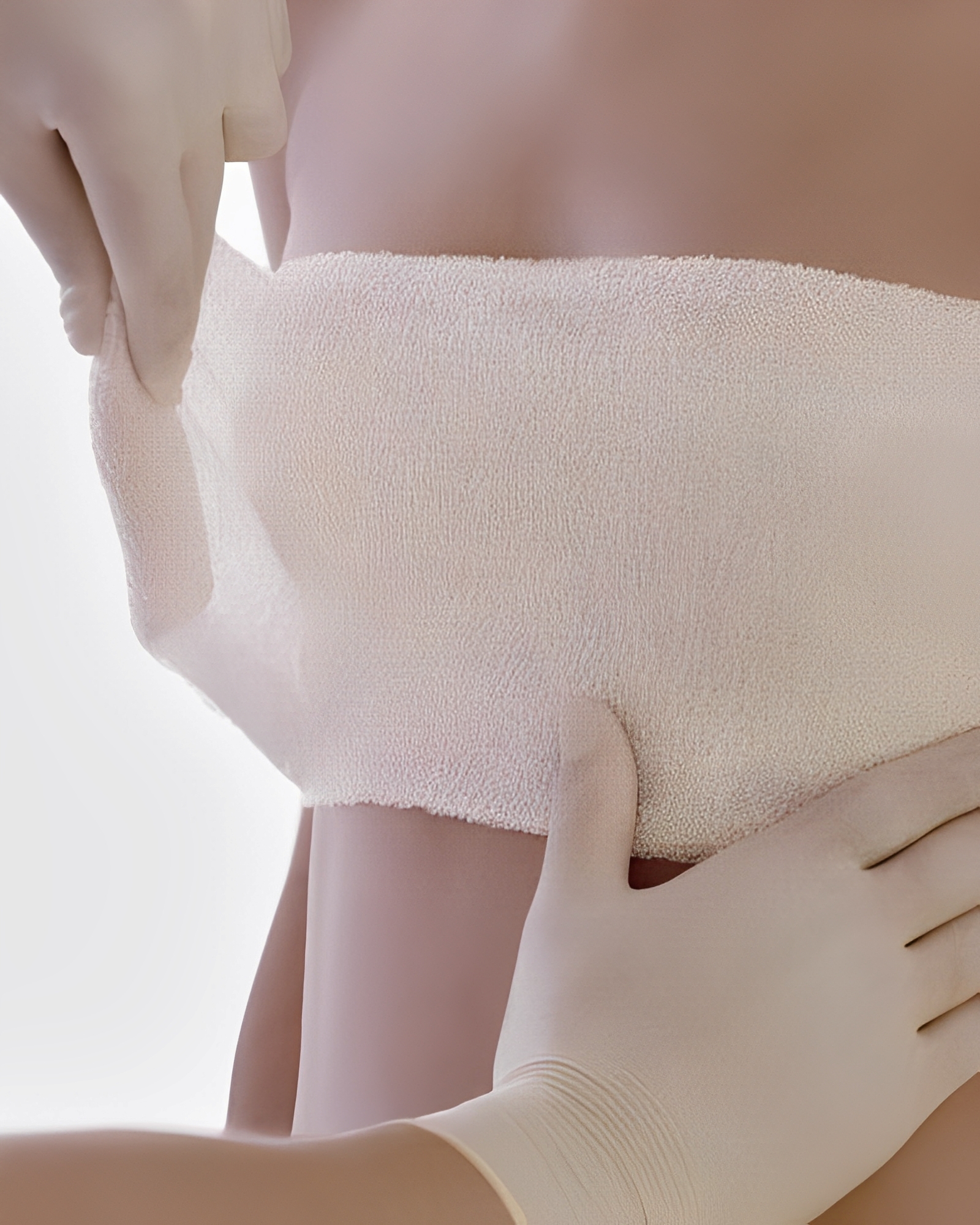
Overview & Why Choose Dr. Chang
Breast reconstruction surgery is a profound and empowering option for women who have faced breast cancer treatments, such as mastectomy or lumpectomy. This surgery is designed to restore not only the physical form of the breast but also the emotional and psychological sense of wholeness that may have been affected by cancer. Dr. Chang is dedicated to offering a full spectrum of breast reconstruction options, including both implant and autologous (flap-based) techniques, tailored to meet your unique needs. Whether you are seeking reconstruction after initial breast cancer surgery or looking for secondary revision, Dr. Chang’s extensive experience and advanced skills ensure top-end quality of care. He is adept at addressing complex cases and is committed to helping you regain both your physical appearance and confidence.
Dr. Chang’s approach to breast reconstruction is deeply collaborative, working closely with your breast oncologic surgeon and other medical specialists.
This multidisciplinary approach ensures that your care is personalized and comprehensive, addressing all aspects of your treatment and recovery. With a focus on advanced techniques to restore your youthful, beautiful, pre-cancer breast appearance, prevent or manage lymphedema, and restore sensation to the breast and nipple-areola complex, Dr. Chang provides a compassionate, patient-centered experience. His goal is to support you through this journey with empathy, expertise, and a commitment to achieving the best possible outcome for your individual situation.
Who Is a Candidate?
- Patients Undergoing Mastectomy or Lumpectomy: Ideal for those who have had breast cancer surgery and wish to restore the appearance of their breast.
- Prophylactic Mastectomy: Suitable for individuals with a high genetic risk of breast cancer, opting for preventive surgery.
- Delayed Reconstruction: For patients who may not have been ready for immediate reconstruction and now wish to pursue it.
- Secondary Revision: Beneficial for those who have previously undergone reconstruction but are dissatisfied with the results.
- Medical Considerations: Requires well-controlled medical comorbidities and realistic expectations for optimal outcomes.
Benefits of Breast Reconstruction
- Mental and Psychological Well-being: Helps restore self-esteem and body image, providing emotional relief and empowerment.
- Social and Physical Comfort: Enhances confidence in social situations and daily activities by improving body symmetry and appearance.
- Delayed Reconstruction: For patients who may not have been ready for immediate reconstruction and now wish to pursue it.
- Sexual Confidence: Reinstates a sense of femininity and sexual identity, contributing to a more fulfilling personal and intimate life.
Goals of Breast Reconstruction
- Comfort and Confidence in Clothing: Aims to achieve a breast appearance that allows you to feel confident and comfortable in your clothes.
- Restoration of Pre-Operative Appearance: Strives to replicate the look of your breasts prior to cancer surgery, with the possibility of an improved aesthetic outcome based on individual anatomy.
- Psychological and Physical Benefits: Focuses on maintaining or enhancing femininity, which can significantly impact psychological well-being and self-image.
Types of Breast Reconstruction After Lumpectomy
- Oncoplastic Reduction: Ideal for patients who prefer a smaller, lifted breast after surgery.
- Volume Replacement Techniques: Includes intercostal artery perforator flaps, thoracodorsal artery perforator flaps, and fat grafting for those wishing to maintain their original breast size.
- Symmetrizing Procedures: For unilateral breast cancer, procedures may be performed on the unaffected breast to achieve symmetry.
Types of Breast Reconstruction After Mastectomy
- Implant Reconstruction: Options include single-stage direct-to-implant or two-stage tissue expander followed by implant placement.
- Autologous Reconstruction: Techniques such as DIEP/msTRAM flaps, PAP flaps, and latissimus flaps use your own tissue for a more natural result.
- Secondary Autologous Reconstruction: Addresses cases where initial implant reconstruction failed or after radiation therapy.
Advanced Breast Reconstruction Techniques
- Reinnervation: Restores sensation to the breast skin and/or nipple-areola complex following mastectomy.
- Lymphedema Prevention: Employs lymphovenous bypasses to manage or prevent lymphedema after lymph node dissection.
- Mastopexy: Immediate or staged procedures to correct nipple-areola complex ptosis and enhance overall breast shape.